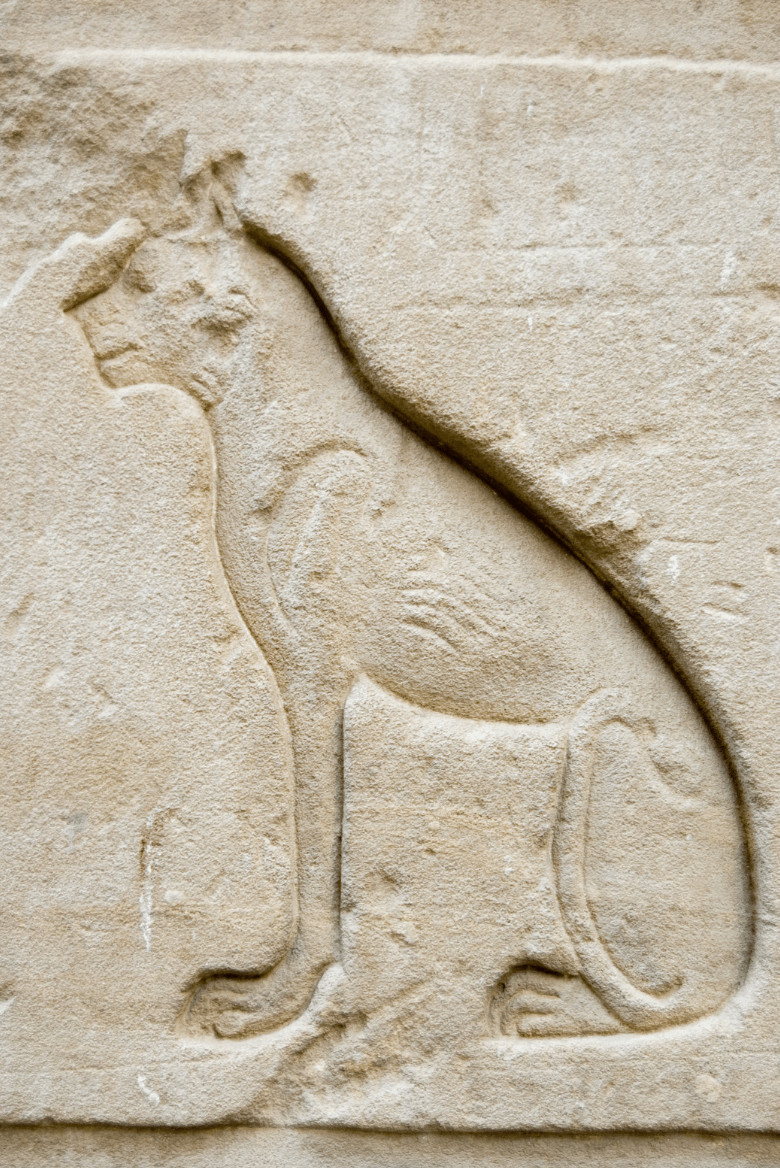Ever wondered what you should call a gathering of felines? While “group of cats” is perfectly acceptable, the English language offers a collection of quirky and fascinating terms to describe our feline friends en masse. Prepare to expand your vocabulary beyond the ordinary and dive into the world of collective nouns for cats!
You might be surprised to learn that there isn’t just one, but several names for a group of cats. The most recognized, and perhaps most unusual, term is a clowder. Yes, clowder, a word that sounds more like a creamy soup than a collection of cats.
The official term for a group of cats is a clowder.
But the feline fun doesn’t stop there. You can also refer to a group of domestic cats as a clutter. This one seems a bit more intuitive, especially if you’ve ever witnessed a bunch of cats playfully tumbling over each other. And for a slightly more dramatic flair, you could even call a group of cats a glaring. While the origin of “glaring” in this context is less clear, perhaps it evokes the intense gaze a cat can fix upon you, especially when treats are involved.
For those who prefer to observe cats in their more untamed state, there are specific terms for groups of wild or feral cats. You might encounter a dowt (or dout) of cats roaming through an alleyway. Alternatively, and rather dramatically, a group of feral cats can also be known as a destruction. Imagine telling someone you saw a “destruction of cats” – it certainly paints a vivid picture!
Switching gears to a much sweeter image, when we talk about baby cats, the collective noun takes an adorable turn. A group of kittens is called a kindle. Isn’t that delightful? A kindle of kittens – it conjures up images of warmth, softness, and playful energy.
 A charming kindle of kittens huddled together.
A charming kindle of kittens huddled together.
Beyond the Group: Naming Individual Cats
The specialized vocabulary around cats extends beyond just groups. There are also specific names for individual cats based on their sex and status. You’ve likely heard a male cat referred to as a tom. But did you know that a neutered male cat has its own designation? He’s called a gib. This term might be less common in everyday conversation, but it’s a piece of feline trivia that could impress any cat enthusiast.
Similarly, a female cat, regardless of whether she has kittens or not, is often called a molly. And if that molly is expecting kittens, she earns a regal title: queen. A pregnant cat, or queen, certainly deserves to be treated with extra care and pampering, perhaps even a metaphorical baby shower!
Lastly, for our feline friends of mixed or unknown parentage, particularly in British English, there’s the term moggy. Think of it as the feline equivalent of a “mutt.” While terms like “house cat,” “alley cat,” or “domestic shorthair” are more common, “moggy” adds a touch of old-world charm to describe a mixed-breed cat.
Tracing Back the Word “Cat”: An Etymological Whiskers Twitch
The word “cat” itself has an interesting history, reflecting the long and close relationship between humans and felines. The journey of the word “cat” can be traced back through languages and time. Our modern word “cat” comes from the Old English “catt,” which in turn originated from the Late Latin “catus,” meaning specifically “domestic cat.” Intriguingly, linguistic sleuths believe “catus” may have roots in the Afro-Asiatic word “kaddîska,” which is thought to mean “wild cat.” This linguistic connection hints at the domestication journey of cats, from wild creatures to beloved companions. Adding another layer to this, the ancient Egyptian word for cat is “mau,” which, quite fittingly, sounds remarkably like the quintessential cat sound, “meow.”
 An ancient Egyptian hieroglyph of a cat, highlighting the long history of cats and humans.
An ancient Egyptian hieroglyph of a cat, highlighting the long history of cats and humans.
Do you preside over a clowder, clutter, or perhaps even a destruction of cats? Make your life as a devoted cat parent easier with a self-cleaning litter box.
Source: Today I Found Out!
